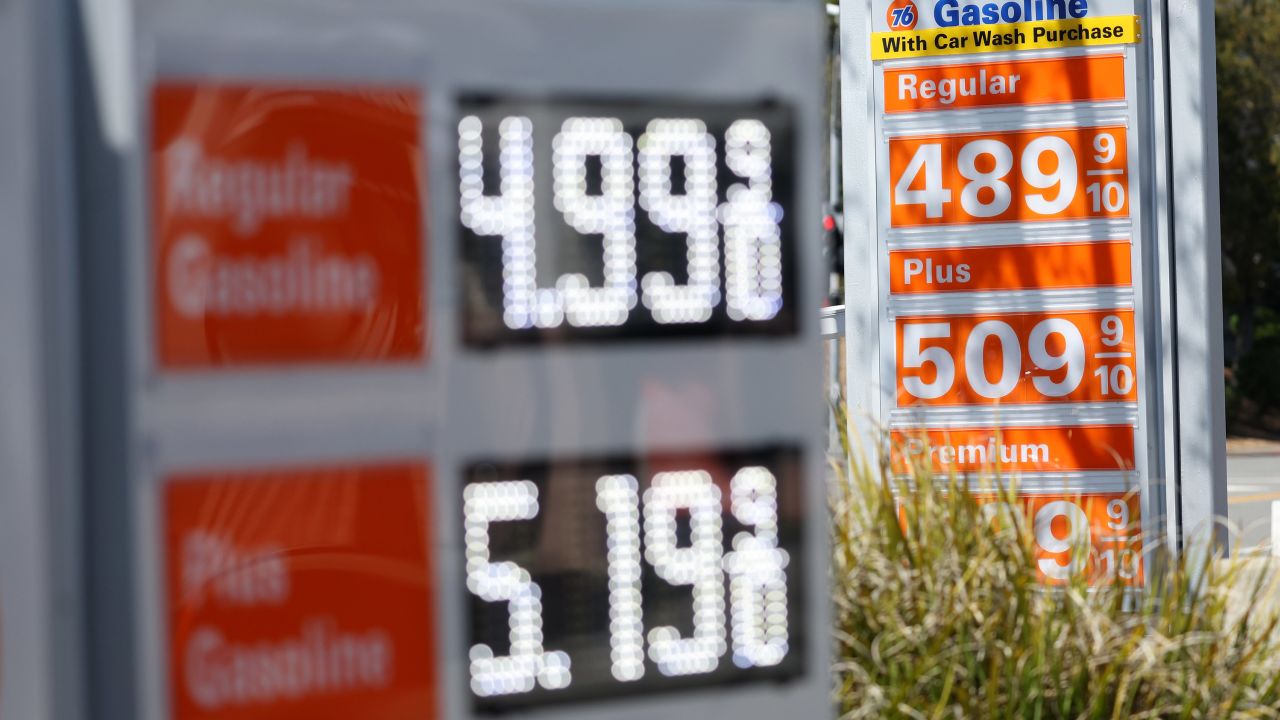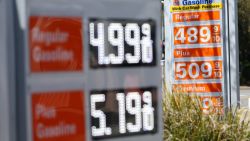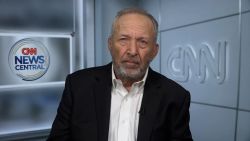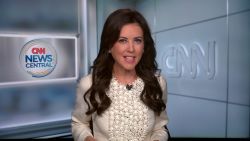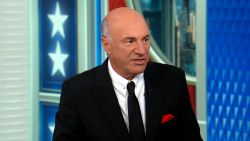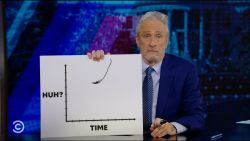White House officials on Thursday hailed the unclogging of supply chains and suggested that further easing of bottlenecks will help cool inflation.
The one-two punch of the Covid pandemic and Russia’s invasion of Ukraine brought fragile supply chains to the breaking point. That supply stress sent consumer prices surging, left some store shelves nearly empty and severely delayed online shipping orders.
Now, many metrics show supply chains have largely recovered from recent shocks.
“Critical supply chains are significantly more fluid and resilient than they were when the President took office,” White House officials wrote in a supply chain scorecard shared first with CNN.
The report, coming exactly two years after a 100-day review launched by the Biden administration to address critical supply chain weaknesses, found “significant progress” made in implementing recommendations.
“President Biden’s work to increase the stability and resilience of our supply chains has helped to bring down core goods inflation, providing breathing room for working families,” Lael Brainard, director of the National Economic Council, told CNN.
The Biden administration cited a series of indicators that paint the picture of supply chains that have bounced back in a big way.
Port congestion is gone, store shelves are stocked
For instance, ports moved record levels of cargo in both 2021 and 2022. The traffic jam of vessels backed up ports, once a symbol of the supply chain crisis, has all but disappeared.
Consumers are no longer faced with half-empty store shelves. About 92% of goods at grocery and drug stores are now in stock, the scorecard said, citing statistics from IRI. Not only is that substantially better than the worst of the supply chain crisis, it’s even slightly better than the pre-Covid average.
Shipping costs, which spiked in 2021, are down by about 90% since their peak, the report said.
Independent metrics also point to easing supply chain stress. The New York Federal Reserve’s global supply chain pressure index spiked to record highs in 2021 but has since returned to its pre-Covid average.
“Key supply chain indicators are now fully back at 2019 levels,” Torsten Slok, chief economist at Apollo Global Management, wrote in a recent report.
Although Covid-related supply chain stress has eased, new risks have emerged.
Most notably, hundreds of thousands of UPS workers could authorize a strike this week that threatens to paralyze the world’s biggest package courier. Work disruptions are already causing headaches at West Coast ports, where vessels have begun to build up.
Good news for inflation
In the scorecard, the White House argued its focus on supply chain resilience and collaboration with industry has helped to ease the bottlenecks.
The scorecard said more than 70 recommendations from the 2021 supply chain report have been completed to date, including providing financing to accelerate the battery supply chain, using the Defense Production Act to diversify supply chains and speeding up computer chip manufacturing.
White House officials said the private sector has committed to invest more than $470 billion in manufacturing semiconductors, electric vehicles, EV batteries, clean energy and pharmaceutical and medical products.
“As global supply chains have gradually recovered from pandemic-era and commodity market disruptions, there has been a clear cooling in the inflationary pressures on core goods,” the White House Council of Economic Advisers wrote in a blog post shared first with CNN.
In a “strong sign of supply normalization,” the blog pointed to a closely watched metric of slower delivery times in the Institute of Supply Management’s manufacturing survey. After spiking to a record high in May 2021, this indicator of supply chain pressure has stayed below its pre-Covid average since December 2022.
All of this is encouraging news for consumers dealing with a high cost of living.
The White House economists said it is a “positive development for consumers” and struck a hopeful tone it will continue. The blog post said there is a high correlation between producer prices and supply chain pressures, suggesting the easing in supply chain pressure may continue to cool inflation.
Of course, the inflation problem has not gone away. Consumer prices are still rising much faster than the pace the Federal Reserve considers normal.
Although the price of goods has cooled, White House economists acknowledged “we still have work to do on overall inflation.”

